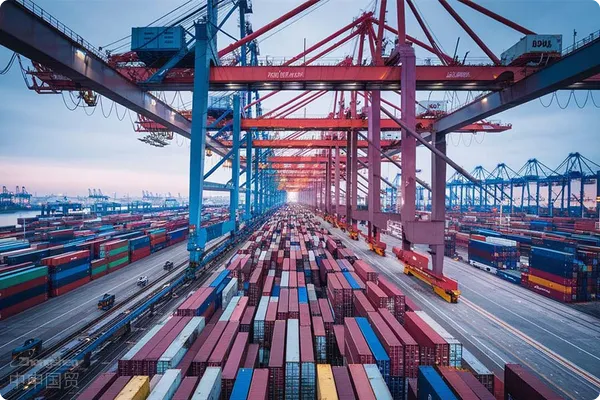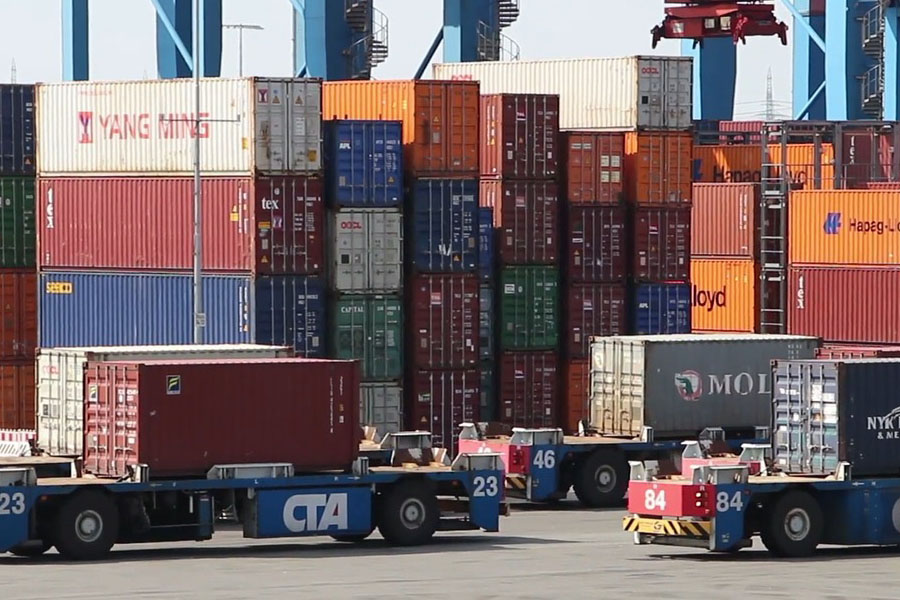- Shanghai Zhongshen International Trade Co., Ltd. - Two decades of trade agency expertise.
- Service Hotline: 139 1787 2118

New Changes in the Tax and Fee Structure for Imported Equipment in 2025
According to the latest announcement issued by the General Administration of Customs2025 Edition of the Tariff Schedule,Equipment ImportsThe tax structure exhibits the following characteristics:
- Range of tariff adjustment
- The tax rate for precision machining equipment has been reduced from 6.8% to 5.5%.
- Semiconductor manufacturing equipment maintains zero tariffs.
- The tariff on complete construction machinery will be increased by 2-3 percentage points in a gradient manner.
- Value-added tax implementation standards
- Production equipment maintains a 13% benchmark tax rate.
- Scientific research equipment is eligible for the immediate refund upon collection policy.
Warning on Common Declaration Misconceptions for Importing Enterprises
Customs audit data from the past three years indicates the following high-frequency errors in equipment import declarations:
- HS code classification deviations: 30% of declarations contain HS code classification errors.
- Temporary import abuse: The number of overdue cases not converted to general trade increased by 18% year-on-year.
- Misjudgment of origin determination: The proportion of ASEAN equipment misusing RCEP preferential tax rates reaches 26%.
Practical Tax-Saving Strategy Handbook
Based on the 2025 policy framework, the following operational plan is recommended:
- Pre - classification application
- Obtain the Customs Classification Opinion Letter 3 months in advance.
- Avoid the risk of late payment fees due to declaration amendments after submission.
- FTA combination application
- Horizontal Comparison of Tariff Rates Between RCEP and ECFA
- Case Study on the Overlapping Application of China-Korea/China-Australia Agreements
- Hybrid leasing model
- Comparison of Tax Differences Between Operating Leases and Financial Leases
- Key Points for Declaration of Cross-border Leased Equipment upon Entry
In-depth Analysis of Typical Controversial Cases
Case 1:A certainMedical EquipmentThe company imported CT equipment and successfully reduced tariffs by 430,000 yuan and saved an additional 56,000 yuan in related VAT by adjusting the tariff code declaration plan.
Case 2:Automotive parts manufacturers utilized the RCEP cumulation rules to increase the proportion of originating value from 38% to 52%, enjoying a preferential tariff rate difference of up to 7.2%.
Professional Agency Service Selection Criteria
- Customs AEO Advanced Certification Qualification Inspection
- Verification of the timeliness of classification database updates
- The requirement includes the 2025 tariff adjustment annotations.
- Support intelligent matching of HS codes for multiple countries.
- Customs clearance network coverage capability in special supervision zones
- Assessment of the Completeness of Trade Compliance Risk Control System
Related Recommendations
Contact Form
? 2025. All Rights Reserved. Shanghai ICP No. 2023007705-2  PSB Record: Shanghai No.31011502009912
PSB Record: Shanghai No.31011502009912










